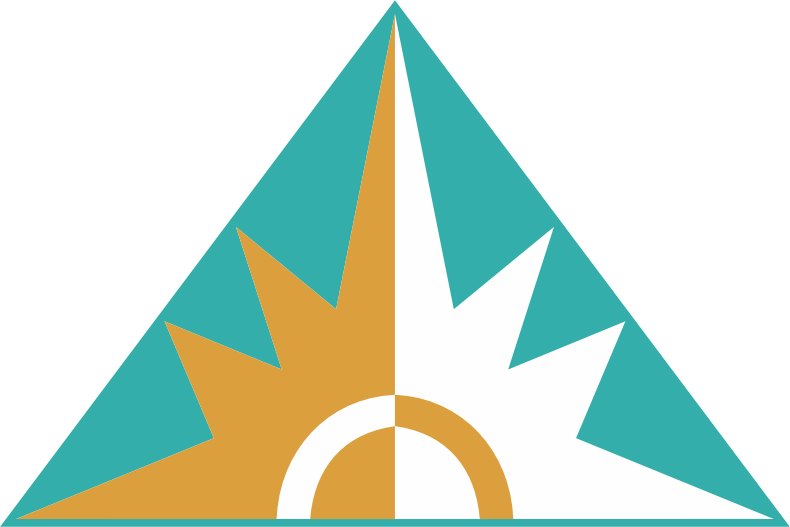Ayurved Samhita Siddhant
INTRODUCTION
Ayurveda the ancient, but eternal science of life has been serving the mankind since many centuries and will continue it further efficiently in the time to come.Sanskrit Samhita Siddhanta department is the most important department of Ayurveda. This department deals with the study of basic principles of Ayurveda which are described in classical treatise i.e. Ayurveda Samhitas. Samhitas are basically written in Sanskrit hence for better understanding of samhita, Sanskrit is taught as a subject. This department connects to all 4 main examination of B.A.M.S course with subjects i.e. Sanskrit, Padartha vijnana& Ayurveda Itihas, Maulik Siddhanta evam Ashtanga Hridaya,Charak Samhita Purvardha & Uttarardha.Ayurveda, which is not just a tradition; but a continuation of scientific wisdom, aims at promoting the complete health to the individuals so as to continue their life process for longer time as much as possible. This is achieved with two aspects viz. preventive and therapeutic. Preventive aspect comprises of code of daily conduct (Dincharya), seasonal conduct (Rutucharya), and behavioral ethics (Sadvrutta) so as to make our body & mind strong enough to be enhanced with long lasting immunity which prevents the disease process in our body & mind. Therapeutic aspect deals with the treatment of diseased one with individualized approach of medication, Panchakarma, diet regimen, counseling, surgical procedures, and yoga with accuracy & ease.The health is achieved through the symbiotic metabolic activities of Dosha, Dhatu, Mala, and Agni. Disturbance in their homeostasis leads to disease process, ether single or many. Ayurveda facilitates the multi-dimensional, one to many & many to one cause – effect relationship between a wrong adaptation of life style as a whole or in part and the disease process. To walk on the path of ancient and eminent sages; who have blessed us this eternal science of life, we at our well-equipped Department of Sanskrit, Samhita & Siddhanta, guide our bright students to learn Ayurveda through the following subject.
AIM
To understand the Basic concepts and practical skills of Kriya sharir and Physiology for undergraduate 1st BAMS students.
AIMS AND OBJECTIVES
1. To teach the students in an advanced and interesting way.
2.To impart fundamental education to the students of under-graduate.
3. To impart literary as well as clinical teaching based on the fundamental doctrines.
4. To prepare the graduates to cater to understand the basic principles of Ayurveda.
Sasnkrit (Language)
As all the basic literature(Samhita) of Ayurveda was written in Sanskrit, it becomes essential to have the basic knowledge of Sanskrit as a language; which helps to read understand the Ayurvedic text (Samhita) and apply it successfully on the patients. Ayurveda originated as of Vedic sciences. All original texts of Ayurveda were science in sanskrit so, the knowledge of sanskrit language is compulsory to learn Ayurveda.
Ayurveda Itihas
This subject gives the understanding about the historical aspect of Ayurveda; right from its origin, developmental phases, its great contributors & scientists. It is also offers the knowledge about the present scenario regarding developments of Ayurveda e.g.periodicals, scientific journals, research work, books etc.
Padartha Vidnyana
This provides strong basic philosophy for the interpretation of Ayurveda theories through nine schools of thoughts called as Darshan Shastra’. This also gives the basic understanding of strong foundation of eternal principles which could be applied not only in the past but today and tomorrow also. According to the basic logical principle and evidence based philosophy of Ayurveda, each matter is composed of five basic or primordial elements, known as `Mahabhoota’ and so is our body and universe.
Pariksha
1. Definition, Significance, Necessity and Use of Pariksha.
2. Definition of Prama, Aprama, Prameya, Pramata, Pramana.
3. Significance and importance of Pramana, Enumeration of Pramana according to different schools of Philosophy.
4. Four types of methods for examination in Ayurveda (Chaturvidha-Parikshavidhi), Pramana in Ayurveda.
5. Subsudation of different Pramanas under three Pariksha.
6. Practical application of methods of examination (Parikshavidhi) in Nidan and Chikitsa.
Astanga Hruday & Maulik Siddhant
This is an ancient literature created by multi-faceted eminent scientist of Ayurveda named Wagbhata’ in 61″ century A.C. which deals with 8 branches of Ayurveda as follows-
- 1. Kayachikitsa (General Medicine)
- 2. Balachikitsa (Paediatrics)
- 3. Grahachikitsa (Study of extra-human entities)
- 4. Ooradhavanga Chikitsa (Study of head, neck & throat)
- 5. Shalayatantra (Surgery)
- 6. Danshtra (Toxicology)
- 7. Jara Chikitsa (Anti – aging)
- 8. Vrisha Chikitsa (Study of impotence & infertility)
- Maulik Siddhant is recently added subject in the syllabus of Ashtang Hruday, in this subject all valuable principles mentioned in our Ayurvedic literature are studied. These principles area complete package of knowledge about Tantrayukti – Guna – Dosha with special reference to Aryundatta.
